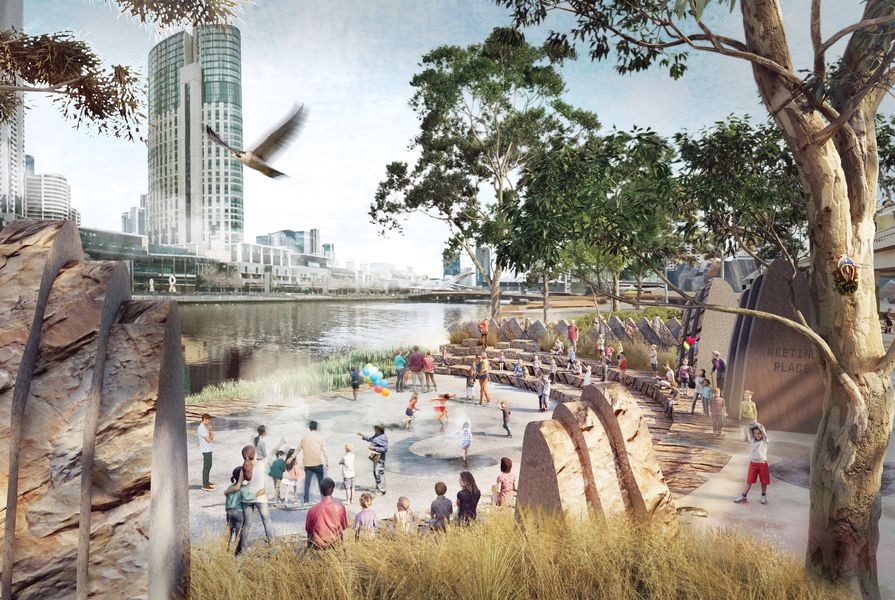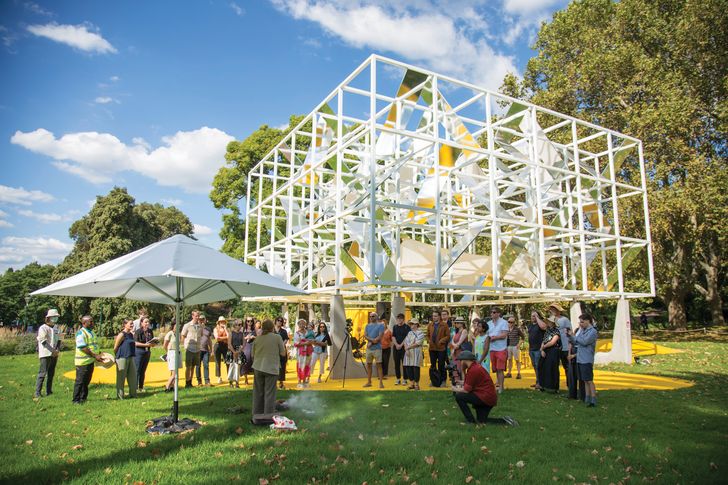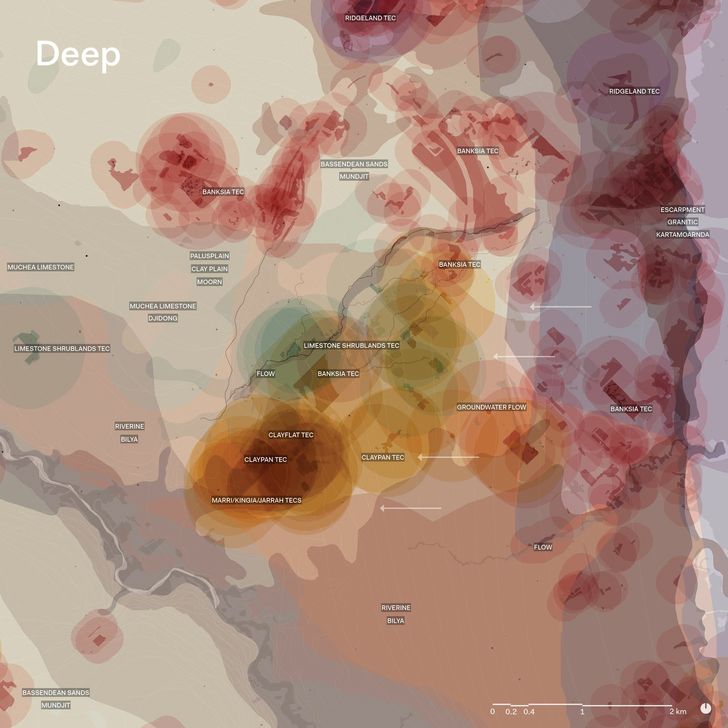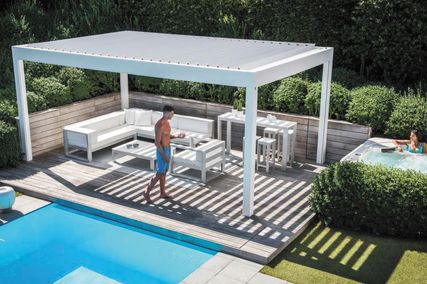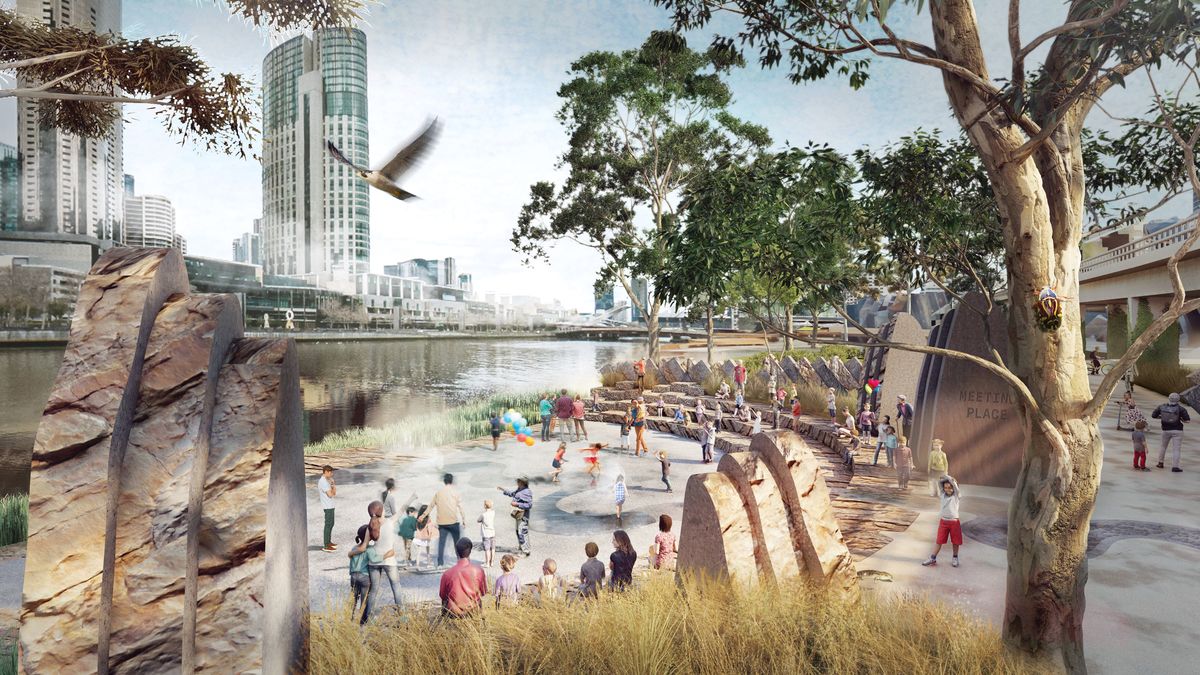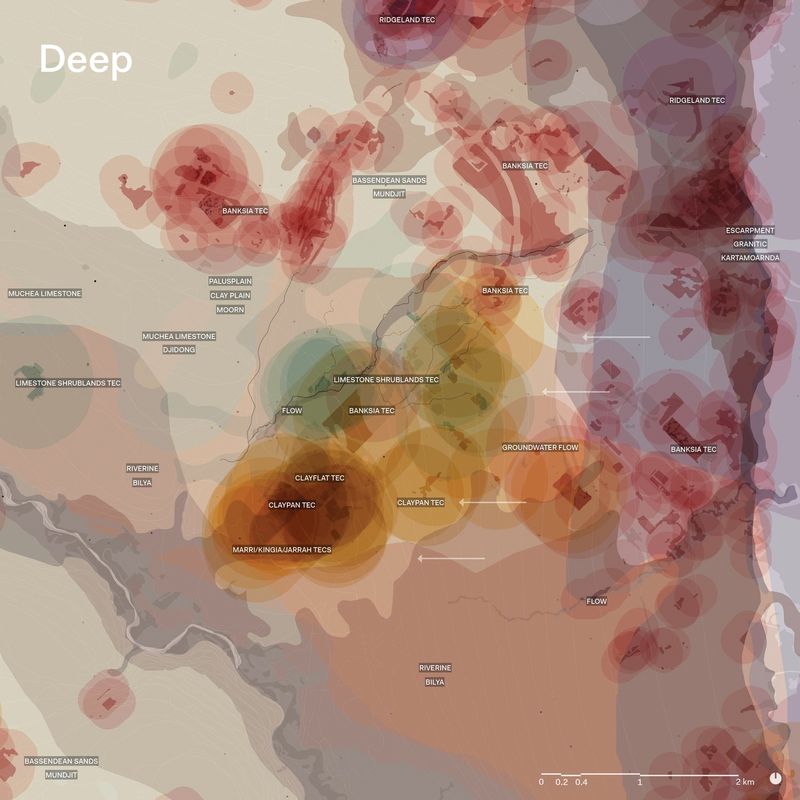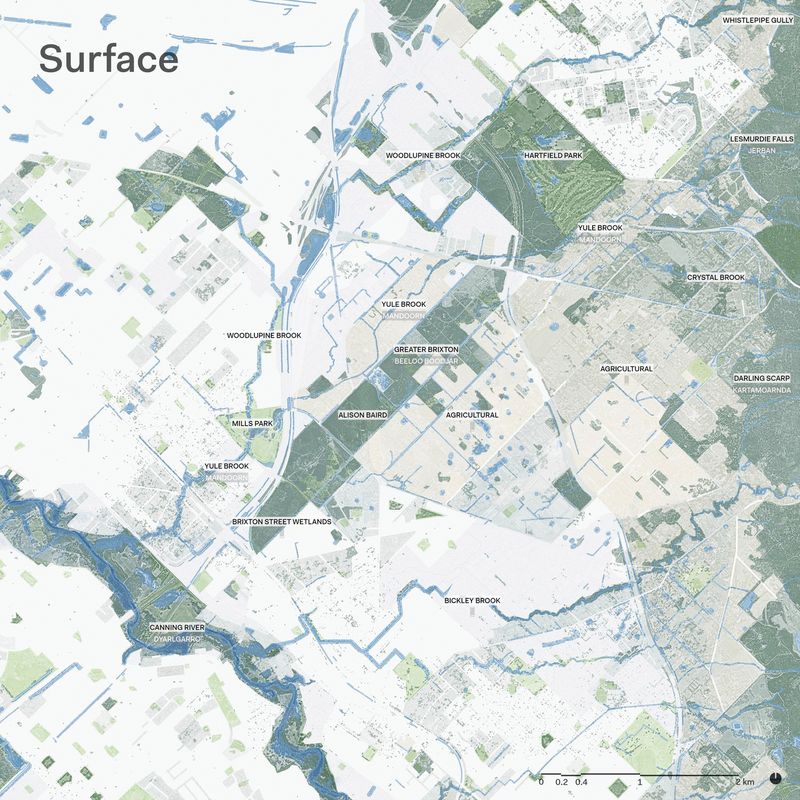Let’s change pace for a moment.
So much talk of governance, of building client capacity, and of redesigning the preconditions for success raises some questions: What influence do we have as urban practitioners? Who currently gets to be at the decision-making table?
Who is missing?
What agendas do we bring?
Just like clients, design practices bring a plethora of overlapping agendas to a project. On urban projects, with their large and diverse design teams, these agendas are likely to be multifarious and amplified. This expansion of the voices engaged in the design process is an opportunity to significantly enrich practice and projects.
We called upon a handful of designers who demonstrate a high level of influence in the agendas of urban projects – who find themselves at the table as client, agitator, consultant, advocate, researcher or critic – for their take on what agency means in the context of their practice.
— Andy Fergus and Felicity Stewart
Pluralism, collaboration and influence
Words by Matthew Pullinger
Urban design defies definition, but a simple truism is that it’s as much a political act as a creative one. In this era of late neoliberalism – where the incessant pressures of globalization and urbanization intersect beneath the spectre of climate catastrophe – cities not only represent the crucible of human culture, but they likely stand as our best chance of survival.
In my practice, I’ve discerned urban projects growing steadily in scale and complexity over recent decades. At the same time, they drift further from traditional public sector procurement, with the private sector taking an ever-increasing role. This shift corresponds with a similar observable trend toward proponent- led strategic planning, which tends to blur the once-clear line between statutory “plan-making” and “development assessment.”
Whatever you make of these broader forces, to positively respond to the existential challenge of our age, urbanism must amplify that area of overlap between the common good and private interest. There has never been a more pressing need for socially responsive, commercially minded, environmentally sound and creative design thinking in all major urban projects.
This is a role for an “honest broker” – a design professional with an acute focus on finding synthesis and consensus, operating with a high level of trust at the scale of the city precinct. It is also a moment where pluralism, collaboration and influence are more critical than authorship alone.
Winning the trust of the many stakeholders participating in these projects – whose interests are often pitched one against another – is hard gained and easily lost. And maintaining it relies on the principled application of professional values over many years. There’s no instant gratification to be found in the processes of city-making.
Ultimately, our cities’ health – and that of the planet – depends on designers who understand and care for them, are professionally and emotionally invested, are guided by a humanist concern, and are prepared to engage with multivalent issues. Success demands a deep affinity with climate, culture and circumstance – the urban environment is beset by truly wicked problems.
And since the project of the city unfolds over decades or even centuries, it brings with it a responsibility to enable and empower successive generations of designers, architects and urbanists – those who are drawn to these same themes and challenges.
— Living and working on Gadigal Country, Matthew Pullinger is an independent architect, urbanist and design advocate with a background spanning public and private practice.
New knowledge systems
Words by Jocelyn Chew
The City of Melbourne’s Excellent City Series (MPavilion, 2023) aimed to increase the diversity of voices at the design table.
Image: City of Melbourne
A decade at Monash University, working on an ambitious, design-led transformation of its Australian campuses, taught me the value of many diverse voices and hands contributing to a collective vision. My current role at the City of Melbourne comes with significant responsibility and an opportunity to open the design process to new knowledge systems and influences.
The Design Excellence Program is a vehicle for this opportunity. Through it, we have established the Design Excellence Advisory Committee, Melbourne Design Review Panel and Draft Design Competition Guidelines. We have invited diverse and independent participants to contribute to city-shaping design initiatives and projects. Simultaneously, we have launched a series of public events titled The Excellent City Series, to broaden public engagement with design issues, enable knowledge exchange and build relationships. This series has enriched our understanding of what, and who, is missing in design processes. It has enabled capacity-building through co-design and increased public awareness of the challenges and opportunities of designing Melbourne. The exploratory format of these events challenges norms of linear, expedient and transactional engagement processes.
From the test bed of public events, we are emboldened to implement these new design methodologies in major public projects, including the Greenline Project Site One and the next phase of the Queen Victoria Market Precinct Renewal. The success of these projects will depend on close partnership and collaboration with Traditional Custodians, private sector, government and the broadest notion of community, with all hands on the table.
With strengthened expectations at all levels of government, and increased knowledge and awareness on the part of clients and practitioners, the opportunity for change is now. As Tyson Yunkaporta – academic and member of the Apalech Clan in Far North Queensland – puts it, “We don’t have a word for non-linear in our languages because nobody would consider travelling, thinking or talking in a straight path in the first place. The winding path is just how a path is.” 1
- Tyson Yunkaporta, Sand Talk (Melbourne: Text Publishing, 2019).
— The director of city design at the City of Melbourne, Jocelyn Chiew lives and works on Wurundjeri and Bunurong Country. She concurrently holds a number of advocacy and volunteer roles in the design industry.
A robust vision
Words by Jemma Basso
Establishing a robust vision to guide urban change over time is a core aspect of urban design practice. The most durable strategies tend to be those driven by a set of spatial “big” moves that not only respond to the needs of a place, but also lodge themselves in the minds of decision-makers. The clearer these moves across multiple scales, the greater the likelihood of transformational success.
Jan Gehl’s 2007 vision for the Sydney CBD renewal 1 demonstrates this to great effect. One of its big moves was to transform George Street into the city’s primary pedestrian and transport spine, linking three squares at Central, Town Hall and Circular Quay stations. Initially met with criticism, this move has engendered phenomenal change. George Street is no longer a congested, polluted street that people would rather avoid, but a destination that they choose to visit. Shopfronts are responding to the new light rail and increased public life, further boosting activation levels.
As urban designers, we have had the opportunity to add a layer to this vision through the next big move for the proposed renewal of Central Precinct (exhibited August–October 2022). The extension of a new public spine makes possible a civic axis from the southern suburb of Redfern to the harbour. This spine creates a public address to all new buildings within the precinct, connects key areas of the public domain, frames views to heritage landmarks such as the Central Station Clock Tower, and activates a diverse mix of low-scale, fine-grain buildings.
As demonstrated by the success of the George Street renewal, it is the clarity of a vision that enables us to realize the full potential of a place and implement change across a range of scales. Through the strength of Gehl’s vision, we have been able to unlock a critical connection within Central Precinct and build on this city-shaping ambition.
- Gehl Architects, Sydney: Public Spaces/Public Life (Sydney: City of Sydney, 2007).
— Jemma Basso is an urban designer at Architectus, where she works on major city-shaping urban renewal projects. She is currently the urban design team leader preparing the place strategy and urban design framework for the proposed renewal and rezoning of Sydney’s Central Precinct.
The agency of nature
Words by Daniel Jan Martin
In pursuing an agenda of “environmental responsibility,” such as for the Yule Brook corridor in suburban Perth, Daniel Jan Martin uses maps to reveal a site’s deep systems and demonstrate conflicts with human impacts.
Image: Daniel Jan Martin
Nature is not mute.
Nature has agency that locks us all into awe and belonging. The late Australian anthropologist and storyteller Deborah Bird Rose describes these moments as “encounters with shimmer” that “show us that the world is not composed of gears and cogs but of multifaceted, multispecies relations and pulses.” 1
One of the most biodiverse landscapes in the world extends across Whadjuk Noongar Country in the suburbs of Perth. Here, the Yule Brook corridor – a 15-kilometre-long wetland system – is home to close to 900 native plant species and 11 federally listed threatened ecological communities.
In boardrooms, we present map upon map. A thicker, shimmering picture emerges that pushes the planning layer into obscurity and brings a moment of awe for decision-makers who are assessing this rezoning. We return to the thin planning layer. An industrial zone encircles and strangles the megadiverse corridor to a 400-metre width – business-as-usual in our biodiversity hotspot. Once revealed, these systems cannot be unseen.
Together with the multidisciplinary Beeliar Group of scientists and professors, we pursue the agenda of “environmental responsibility.” We advocate for a gradient landscape between the wetlands and the industrial zone: an active buffer of ecosystems, parklands and playing fields, and a permeable edge to the development, to ensure this wetland corridor will continue to breathe.
If we acknowledge that we’re a part of this shimmer, we acknowledge that we also have capacity to be agents of nature – by widening our bandwidth and listening to Country, and all those human and nonhuman voices that speak with it.
The Yule Brook corridor is currently subject to rezoning through City of Gosnells scheme amendments 166 and 169. Any buffers, and the protections and landscape potential they bring, will be determined by the WA environment and planning ministers, on the balance of social, economic and environmental factors, and the advice of the Environmental Protection Authority of Western Australia.
- Deborah Bird Rose, “Shimmer: When All You Love Is Being Trashed,” in Arts of Living on a Damaged Planet (Minneapolis: Minnesota Press, 2017).
— Daniel Jan Martin is an environmental planner and designer, working and living on Noongar Country in South West Australia. He is a lecturer in landscape architecture at the University of Western Australia.

